(Published earlier today on Metaverse Health)
Over the past couple of years I’ve had the opportunity to chat with Andrew Campbell on a couple of occasions. As Director of the Prometheus Research Team, Andrew is heavily involved in the area of mental health and technology. I’ve always been struck by Andrew’s objective view of gaming and virtual worlds, which he rightly sees as simultaneously providing significant opportunities and challenges.
I caught up with Andrew to discuss his work and perspectives on mental health, gaming and immersive virtual worlds.
DH: Can you describe the main focus of your clinical work?
AC: The main focus of my clinical work is divided into two categories. Firstly, research. My primary job is an academic researcher and teacher in the field of Psychology. I conduct research particularly in the area of Cyberpsychology, which is the study of how technology is impacting human behaviour, both in good and bad ways. Secondly, I am a general practice psychologist who specialises in child and adolescent mental health and behavioural problems. My clinical work to date has been focused on treating children with ADD/ADHD, anxiety and depression, conduct problems, as well as parental counselling and family therapy.
DH: What led your career to the stage it is at today – what got you into the issue of mental health and technology?
AC: In 1997 I was finishing my undergraduate degree in Psychology and Education at The University of Sydney and decided to spend some time in the United States working as a teaching assistant at a few universities. I became captivated with work being done by a handful of academic psychologists in the US at the time who were focusing on how the internet was going to be a revolution to impact human behaviour and society at large.
 I read everything I could get my hands on at the time to do with online relationships, virtual societies and even gaming communities that were developing international reputations and new cultures in cyberspace. I asked myself at the time ‘could this be the start of a new movement in human enrichment?’ and set forth to find out the good and the bad (and the down-right terrible) aspects of spending a lot of time engrossed in an online world, be it chat, gaming, shopping, finance, politics etc. Thus, my interests turned toward career aspirations to develop psychological research and an applied track record in the use of information communication technology and the use of other technologies in helping the ‘human condition’.
I read everything I could get my hands on at the time to do with online relationships, virtual societies and even gaming communities that were developing international reputations and new cultures in cyberspace. I asked myself at the time ‘could this be the start of a new movement in human enrichment?’ and set forth to find out the good and the bad (and the down-right terrible) aspects of spending a lot of time engrossed in an online world, be it chat, gaming, shopping, finance, politics etc. Thus, my interests turned toward career aspirations to develop psychological research and an applied track record in the use of information communication technology and the use of other technologies in helping the ‘human condition’.
DH: Arguably the number one and two areas of broader public interest with mental health and technology is gaming and violence and addiction. What percentage of your work is spent dealing with actual or perceived issues in those areas?
AC: To date, my clinical work as a generalist psychologist in child and adolescent mental health has only touched lightly on these issues. I have mainly dealt with traditional mental health concerns of parents over their children, but of those clients I have seen about gaming violence and addiction, I’ve noted that the parents themselves do not know anything about the games their children are playing. They tend to have a view that all games are violent or addictive. Given this, I normally direct parents to learn more about what their kids enjoy about their game in order to learn more about behaviours they may be modeling from the game. For example, two of my client’s parents had no idea that strategic games such as ‘Age of Empires’ actually have huge cognitive and historic learning benefits. The game is akin to modern day chess, with historical lessons of ages past. Other games that promote team play
increase problem solving skills in a collaborative environment, therefore promoting team work and clear communication strategies.
Adversely, some team playing games are based on a violent theme, such as the popular game ‘Counter Strike‘. Overall, through my work I’ve found that parents do have concerns about violence and addiction to games, but really do not have an understanding of games themselves. This is troubling in an age where gaming is increasing in popularity across generations and content is still not regulated well by Government or other ‘watchdog’ agencies. As such, parents need to be cognisant of the types of games out there – their pluses and minus points – and be involved in selecting and learning about the titles with their children in order to curtail negative behaviours related to certain genres.
DH: The issue of technology and its influence on behaviour has been around for decades, with the TV / Film and violence link being hotly debated for most of that time. Before we get onto gaming / virtual worlds, is there yet any empirical agreement on TV/Film and violent behaviour?
AC: As surprising as this may sound, no, there is not any empirical agreement on TV/Film and violent behaviour in contemporary society. Incidents such as the Columbine School Massacre and more recently, the Virginia Tech shooting have led psychologists to argue for renewed policies censuring violent films and TV shows from minors and suggestible personality types. Although games are becoming a popular target for connecting atrocious violent crimes to the perpetrator, TV and Film are still front runners in the causation of violent behaviour in, not just the younger population, but the population in general.
DH: The popular media perception of gaming is that there is at least an anecdotal link between the regular playing of violent games and violent real-life behaviour. From your work, have you seen any evidence of this?
AC: Unequivocally, no! To say that violent games or even violent TV/Film is causation for a violent crime is ludicrous. I won’t go so far to say that violent games, TV or Film have zero impact on violent crimes, but to look at it as a sole causation does not address the pathology of the individual to begin with, let alone motive to carry out the behaviour that may lead to a crime. Ergo, playing a violent game is no more likely to trigger someone’s violent behaviour than eating your favourite food is going to motivate you to become a chef! In my private practice, any child who has presented with conduct disorder or oppositional defiant disorder, or even anger management problems, may or may not have been a gamer – however – all have had pathology and environmental problems that
have led to their disorder that are more consistent and pervasive than just playing a violent video game a few hours a day.
DH: Is there actually an argument that gaming can have an ameliorating effect on real-world behaviour and if so, is there research supporting this?
AC: Yes, a number of studies have shown wonderful results helping people to ameliorate either behaviour or, in some cases, the management of pain. My own research has looked at how biofeedback video games that encourage the player to control a task on a screen using their breathing technique, has led to improved attention and relaxation strategies in ADD/ADHD children. Other research has shown that virtual reality games that are immersive can actually help in the treatment of PTSD. One of the best breakthroughs in serious games has been the treatment of burn victims from the current Iraq and Afghanistan wars. These patients have to undertake pain dressing changes and skin grafts. During these procedures, the patient plays a game called ‘Snow world’ which immerses them in an environment that triggers their subconscious into believing they are in a cool and calm environment that distracts them from the pain of the treatment they are receiving. The research in all these examples is very new, but compelling. It is beginning to influence the game developers in entertainment to consider the market for ‘serious games’. This has already commenced with popular programs such as the Nintendo Wii releasing Wii fit and associated sports programs to tackle obesity.
DH: In regards to addiction and online gaming or virtual world environments, what’s your overall take?
AC: My overall take on addiction is that it is possible in either the virtual world or gaming environments online. What needs to be clarified is what aspects of these activities and functions are ‘addictive’. To say we are addicted to the Internet is like saying we are addicted to shopping – what items are we addicted to? The internet houses many areas of interest. It is obvious to posit that sex addiction offline could also be met online, as could be gambling. But gaming offline vs gaming online has different stimulus effects I would theorise.
Also, virtual worlds – what do we gain in socialising in these worlds that we don’t in our offline world? Is there such a thing as addiction to socialising?! Most likely not, because socialising is part of being human. Therefore, what is the attraction to these worlds that stimulates us highly enough to spend hours online engaging with strangers vs. meeting strangers in the offline world? The answer probably lies somewhere between the functions of pursuing anonymity, creativity, cerebral connections and/or reducing the chance of being socially awkward – all reasons one person may prefer the online world.
DH: If addiction is only quantifiable in a small component of the population, is that component larger or smaller than other behaviours such as substance use, gambling etc?
AC: I think if we look at gaming addiction in comparison to substance use, for example, we can quickly conclude that substance abuse is both physically and psychologically damaging and perhaps more wide spread globally across ages, genders and cultures. But the damage of gaming addiction is growing in certain cultures, such as in Asia where gaming is an accepted pasttime for all ages and genders and thus could be on the rise without society realising it since it is not an illegal behaviour or even an invasive or obviously destructive past time compared to drug taking.
 However, it is psychologically damaging both in psychosocial relationships, employment responsibility and accountability and can even affect our general health to a large degree. You might therefore say that although substance abuse and gambling are faster and
However, it is psychologically damaging both in psychosocial relationships, employment responsibility and accountability and can even affect our general health to a large degree. You might therefore say that although substance abuse and gambling are faster and
harder-hitting addictions, gaming addiction is fast becoming a contemporary societal problem that is slow to build in destructiveness,
but easier to ignore.
DH: For those who do require actual treatment for addiction, what’s your take on the use of online treatment when the issue is related to online behaviour i.e. addressing the traditional view that you can’t use the mechanism for facilitating addiction to treat the addiction itself.
AC: One of the earliest therapies provided online by Psychologist, Dr Kimberly Young, was treatment for online addiction. She began this service, online, in the early 1990’s. Although it has been a growth industry for Dr Young and others who believe in her treatment modality, I personally find it to be flawed therapy and lacking in best-practice evidence. Addiction, be it to specific functions of the internet, gaming, substance abuse, gambling etc, is an extremely difficult pathology to treat, let alone treat well. Therefore, all scientific practice indicates that addiction therapy should be done in a face-to-face or group counselling environment. It requires ongoing resource support utilising mentors, friends and family. It is something that may (but only in very specifically suitable cases) use the internet as a support tool, but in all other regards addiction, especially to internet functions and gaming, should be done away from the primary stimulus.
DH: With growing immersiveness in gaming and in virtual worlds more broadly, what do you see as the mental health challenges and opportunities?
AC: Research right now is looking out how we can harness immersive environments, be they virtual worlds or games, for tackling problems in health, behaviour and education. The challenges we face at the moment are actually not to do with the quality of the environments being delivered to consumers over the internet or through off-the-shelf games, but more through the cost of developing serious games or health purpose virtual worlds by the commercial sector. In addition, we are facing a health professional vs tech industry challenge in trying to have these two expert bodies effectively harness the ideas that are scientifically based delivery of health interventions. In short – the health professionals need to learn more about the tech industry and vice versa. Once this bridge is finally built, I believe we will be entering a new error of technology consumerism – games for wellbeing and ICT for personal health management.
 In 2008, with not a lot of fanfare, the
In 2008, with not a lot of fanfare, the  Born in Kwangju, Korea, and Australian by naturalisation, Professor Young Choi was educated at the Australian National University and the University of Adelaide.
Born in Kwangju, Korea, and Australian by naturalisation, Professor Young Choi was educated at the Australian National University and the University of Adelaide. Prof. Furness is a pioneer in human interface technology and virtual reality. He received the BS degree in Electrical Engineering from Duke University and the Ph.D. in Engineering and Applied Science from the University of Southampton, England. Dr. Furness is currently a professor of Industrial Engineering with adjunct professorships in Electrical Engineering, Mechanical Engineering, Aeronautics and Astronautics, and Human Centered Design and Engineering at the University of Washington. He is the founder of the Human Interface Technology Laboratory (HIT Lab) at UW and founder and international director of the HIT Lab NZ at the University of Canterbury, Christchurch, NZ and the HIT Lab Australia at the University of Tasmania, Launceston, Tasmania. He is also an Erskine Fellow and Adjunct Professor at the University of Canterbury and an Adjunct Professor at the University of Tasmania.
Prof. Furness is a pioneer in human interface technology and virtual reality. He received the BS degree in Electrical Engineering from Duke University and the Ph.D. in Engineering and Applied Science from the University of Southampton, England. Dr. Furness is currently a professor of Industrial Engineering with adjunct professorships in Electrical Engineering, Mechanical Engineering, Aeronautics and Astronautics, and Human Centered Design and Engineering at the University of Washington. He is the founder of the Human Interface Technology Laboratory (HIT Lab) at UW and founder and international director of the HIT Lab NZ at the University of Canterbury, Christchurch, NZ and the HIT Lab Australia at the University of Tasmania, Launceston, Tasmania. He is also an Erskine Fellow and Adjunct Professor at the University of Canterbury and an Adjunct Professor at the University of Tasmania. DeeAnna: I have a Master of Education in Rehabilitation Counseling and a Bachelor of Science in Mental Health and Human Services. I have worked in the mental health field for nearly 20 years. About 10 years ago I discovered the power of the Internet and began providing online chat and email through a couple of e-clinics. Over the years I have always maintained a part-time practice online and have integrated technology in work settings working with interns, employees and clinical supervisees. I have been training therapists since 2001 about the ethical issues pertaining to technology and mental health. Now 100% of my work life is devoted to either providing online therapy or teaching others about online therapy.
DeeAnna: I have a Master of Education in Rehabilitation Counseling and a Bachelor of Science in Mental Health and Human Services. I have worked in the mental health field for nearly 20 years. About 10 years ago I discovered the power of the Internet and began providing online chat and email through a couple of e-clinics. Over the years I have always maintained a part-time practice online and have integrated technology in work settings working with interns, employees and clinical supervisees. I have been training therapists since 2001 about the ethical issues pertaining to technology and mental health. Now 100% of my work life is devoted to either providing online therapy or teaching others about online therapy.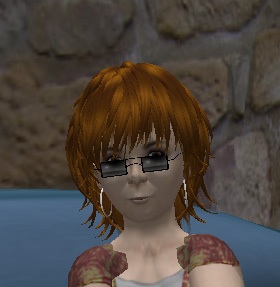 Kate Anthony: I realised this in 2001 after speaking at a conference about Telephone Helplines. The Keynote speaker was head of BTExact Technologies, and he referred to the future of virtual worlds, and avatars specifically, being part of the future of health care. Most of the audience was laughing at the concept -– I wasn’t. I went on to work with him and his team to explore the concept and write a white paper on the topic (Anthony, K. and Lawson, M (2002). The Use of Innovative Avatar and Virtual Environment Technology for Counselling and Psychotherapy. Available online at www.kateanthony.co.uk/research).
Kate Anthony: I realised this in 2001 after speaking at a conference about Telephone Helplines. The Keynote speaker was head of BTExact Technologies, and he referred to the future of virtual worlds, and avatars specifically, being part of the future of health care. Most of the audience was laughing at the concept -– I wasn’t. I went on to work with him and his team to explore the concept and write a white paper on the topic (Anthony, K. and Lawson, M (2002). The Use of Innovative Avatar and Virtual Environment Technology for Counselling and Psychotherapy. Available online at www.kateanthony.co.uk/research).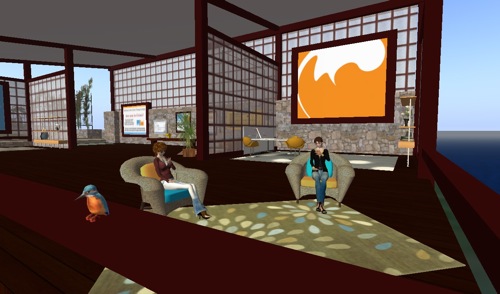
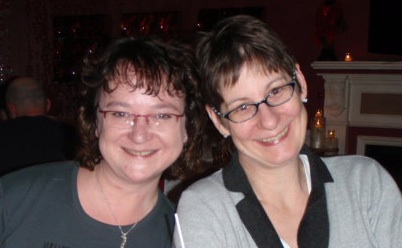

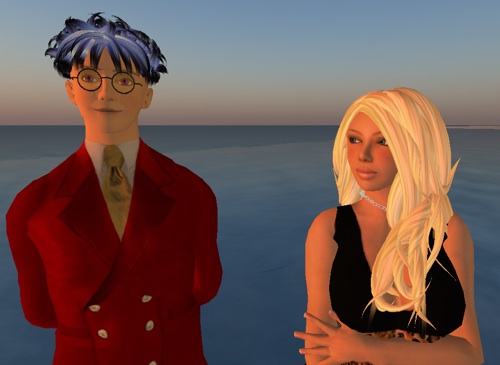
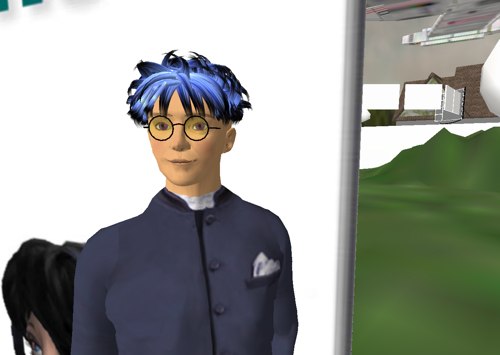

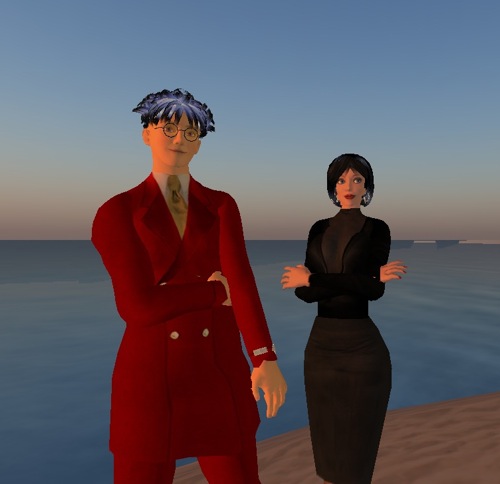
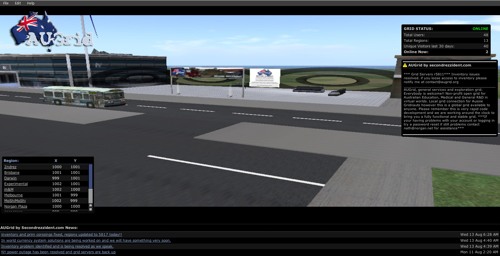




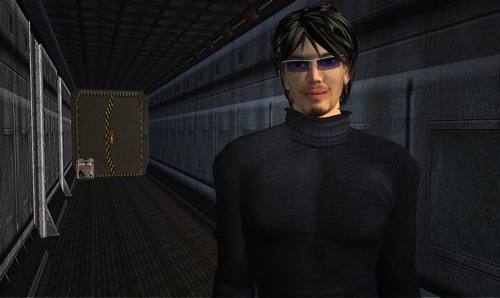
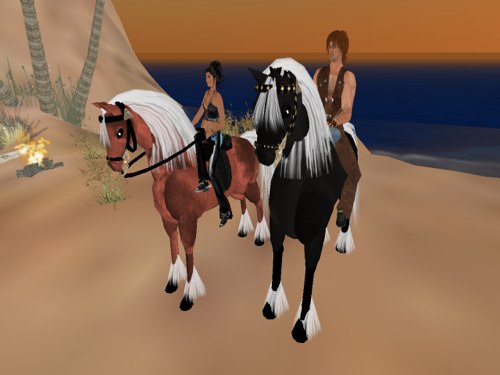
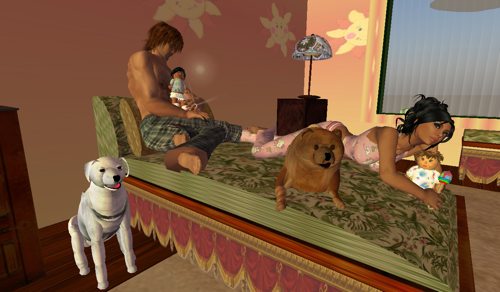
Recent Comments